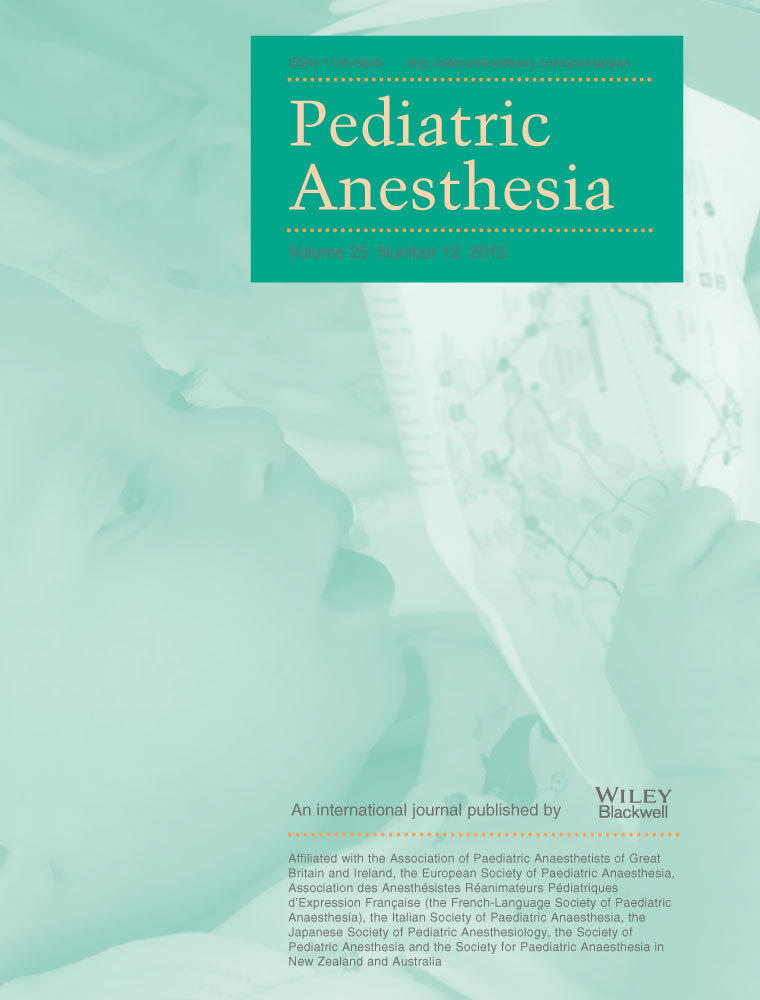Failure mode and effective analysis ameliorate awareness of medical errors: a 4-year prospective observational study in critically ill children
Summary
Background
Errors in are estimated to occur with an incidence of 3.7–16.6% in hospitalized patients. The application of systems for detection of adverse events is becoming a widespread reality in healthcare. Incident reporting (IR) and failure mode and effective analysis (FMEA) are strategies widely used to detect errors, but no studies have combined them in the setting of a pediatric intensive care unit (PICU).
Aim
The aim of our study was to describe the trend of IR in a PICU and evaluate the effect of FMEA application on the number and severity of the errors detected.
Methods
With this prospective observational study, we evaluated the frequency IR documented in standard IR forms completed from January 2009 to December 2012 in the PICU of Woman's and Child's Health Department of Padova. On the basis of their severity, errors were classified as: without outcome (55%), with minor outcome (16%), with moderate outcome (10%), and with major outcome (3%); 16% of reported incidents were ‘near misses’. We compared the data before and after the introduction of FMEA.
Results
Sixty-nine errors were registered, 59 (86%) concerning drug therapy (83% during prescription). Compared to 2009–2010, in 2011–2012, we noted an increase of reported errors (43 vs 26) with a reduction of their severity (21% vs 8% ‘near misses’ and 65% vs 38% errors with no outcome).
Conclusion
With the introduction of FMEA, we obtained an increased awareness in error reporting. Application of these systems will improve the quality of healthcare services.




